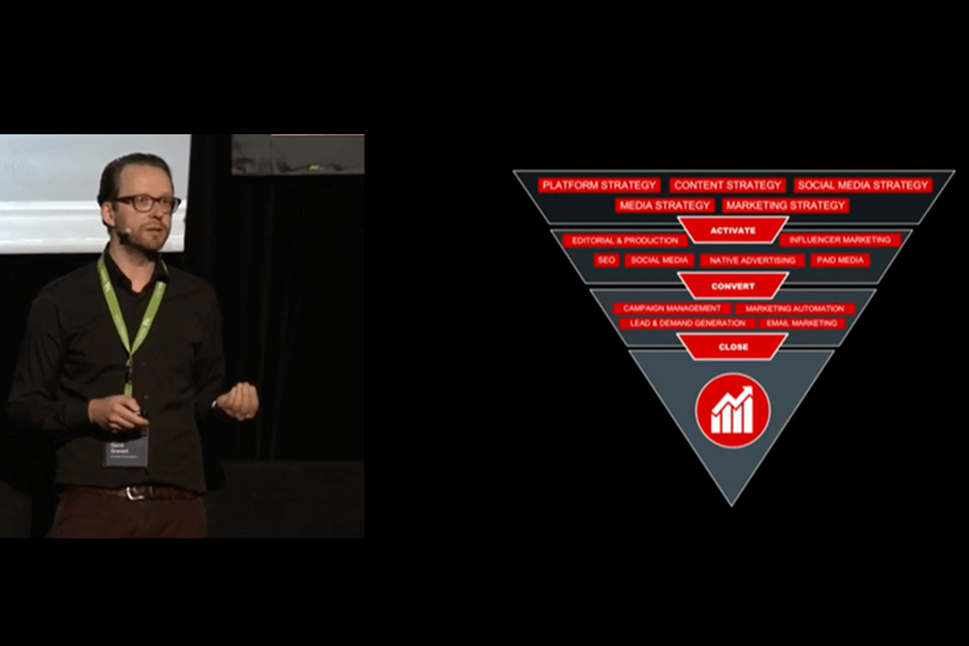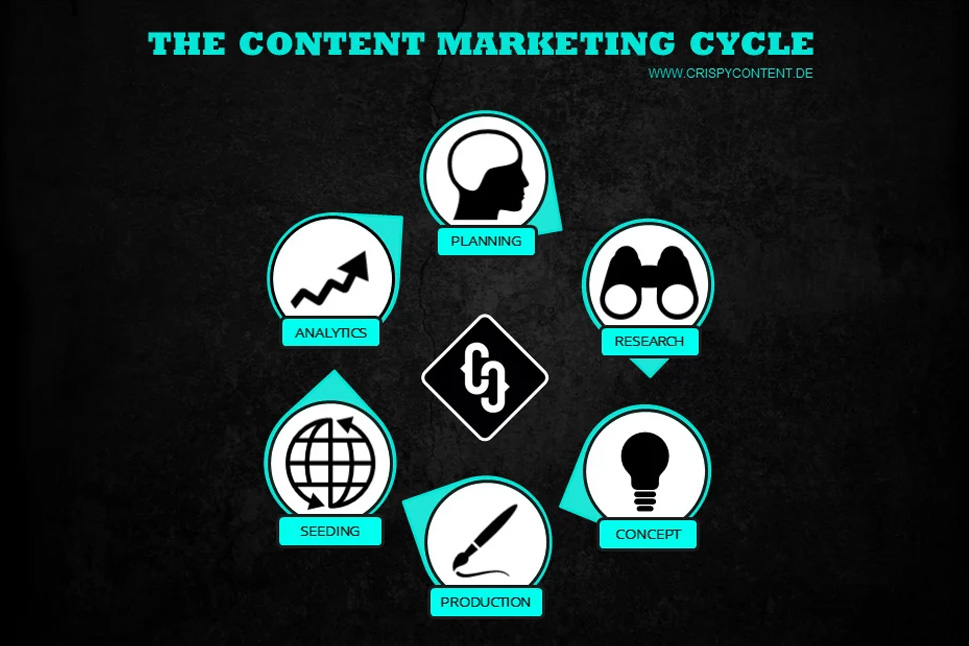How Products Become Content Engines For B2B Brands
Last updated on October 13, 2025 at 10:14 AM.Over the past few weeks, the digital landscape has seen a surge of videos experimenting with automation solutions. A distinctively brown, visually striking user interface keeps making appearances. Upon closer inspection, it's clear: these tutorials are not just showcasing processes they're consistently featuring the same product. Why is this happening? What’s behind the sudden omnipresence of certain software in user-generated content? And what lessons can be drawn for brand communications and B2B content strategies?
Visibility Through Recognition: Why a Single Interface Dominates
Amidst the automation tutorials, one interface stands out repeatedly. This is no coincidence it’s a deliberate strategy. Products like n8n, with their distinctive canvas interface, have become a staple across videos, blog posts, and forum discussions. The interface is designed for instant recognition, acting almost as a visual trademark whenever it appears in a screenshot or video. It's the latest unicorn from Berlin n8n.
Around these products, entire communities are forming. Users aren't just seeking solutions they're creating content themselves. They share workflows, templates, and tutorials, which attract even more users and make the product increasingly visible. This creates a virtuous cycle: visibility drives usage, usage generates content, and content boosts visibility.
At the heart of this development is one key question: how can companies design digital products so that the product itself becomes a driver of content? This goes beyond automation tools or YouTube tutorials. It’s about a transformation where the product is not merely the object of communication it becomes the stage, the content itself, and the catalyst for new forms of brand communication.
Monetary Incentives as a Catalyst for User-Generated Content
Fueling the spread of this distinctive interface is a simple yet powerful reward system. Creators who publish an n8n workflow or tutorial and bring in new users receive a share of revenue: 30% of income for twelve months. This incentive often outperforms traditional marketing campaigns. With this model, users become active brand ambassadors and content producers.
In comparison, Zapier a direct competitor with far more integrations offers a far more restrictive partner program. Only select partners can join its affiliate program. The result: n8n is omnipresent in tutorials and articles, while Zapier, despite its broader feature set, remains in the background.
Product and Content Merge: Innovative Pathways for B2B Communication
Turning the product itself into a content engine opens up exciting possibilities for communications professionals. Instead of creating content about the product, the product becomes the content. Each published workflow, shared template, and tutorial becomes part of the brand’s presence. The community ensures the product weaves through every channel like a common thread.
For technology-driven companies, the intersection of product and content offers new opportunities for brand management, differentiation, and customer loyalty. An ecosystem emerges where users are not just consumers they actively co-create and develop the product further.
Challenges in Building Product-Driven Content Strategies
This development brings new challenges. It’s not enough to simply provide a product and hope users engage. The user interface must be designed for instant recognition and optimized for content creation. Templates, workflows, and other usage outputs must be easily shareable and accessible.
Monetary incentives alone are no guarantee of high-quality content. Clear processes are needed to ensure user-generated content meets quality standards and to foster a community where both beginners and experts thrive. Companies must learn to integrate community feedback and adapt their strategy continuously.
Visual Differentiation and Community Features as Success Factors
Successful examples reveal a key insight: a visually distinctive interface that can rapidly and unequivocally be associated with the brand is essential. n8n’s canvas interface is designed for screenshots and videos. Every shared template links directly to the product and opens seamlessly in the editor. Here, the workflow itself becomes the content.
Other success factors include easily shareable templates, a thoughtfully designed community platform, and transparent monetization models. Providing real value to users—such as a library of over 5,000 workflows ensures a steady stream of new, shareable content.
The n8n Journey: Transforming a Product into a Content Platform
n8n is a prime example of effectively leveraging product-driven content strategies. With a community library of 5,297 templates available without a login and a transparent reward system motivating content creators to publish new workflows, n8n is setting new standards.
The interface is not only functional but intentionally designed to be perceived as a trademark in every YouTube video, blog post, and screenshot. Content creation becomes almost effortless: sharing a workflow simultaneously creates content; producing a tutorial always brings the product into view. The community becomes the backbone of content production, and the company benefits from massive visibility without the need for large content marketing budgets.
Other platforms, such as Hugging Face Spaces and Figma Community, use similar mechanisms: they transform their product interfaces into publishing platforms and harness user creativity.
New Perspectives for B2B Marketing Leaders
Especially in technology-driven industries, these developments open new avenues for brand communication and differentiation. Products are no longer viewed in isolation they become integral to communication strategy. Users evolve into active co-creators whose contributions shape brand perception. This builds unprecedented closeness between the company, the product, and the target audience.
Simultaneously, new opportunities for data-driven analysis arise, as interactions with templates, workflows, and tutorials are measurable. Companies can better understand how their product is perceived and used and use these insights for continuous improvement.
First Steps Toward a Product-Driven Content Strategy
To get started, critically assess your product interface. Is it visually distinctive? Is it easy to capture and share? Next, enable easy sharing and usability of user-generated outputs: templates, workflows, and other results should be publishable and shareable in just a few clicks.
A transparent, attractive incentive system can drive more user activity. At the same time, quality assurance should not be neglected: clear guidelines, community management, and feedback loops ensure that content is not only plentiful but also valuable and relevant.
Expertise and Industry Focus as Success Factors for Content-Driven Brands
The shift toward product-driven content strategies requires not only technical expertise but also a deep understanding of markets, target audiences, and content mechanics. Industry knowledge, creativity, and analytical thinking are essential to designing products that users want to share and communicate about.
Companies that fully embrace this approach benefit from increased visibility, a strong community, and brand communications that extend far beyond traditional channels.
 Gerrit Grunert
Gerrit Grunert
Gerrit Grunert is the founder and CEO of Crispy Content®. In 2019, he published his book "Methodical Content Marketing" published by Springer Gabler, as well as the series of online courses "Making Content." In his free time, Gerrit is a passionate guitar collector, likes reading books by Stefan Zweig, and listening to music from the day before yesterday.





.png)











.jpg)

-1.jpg)

-1.jpg)
.jpg)



.jpg)













.jpg)







.jpg)



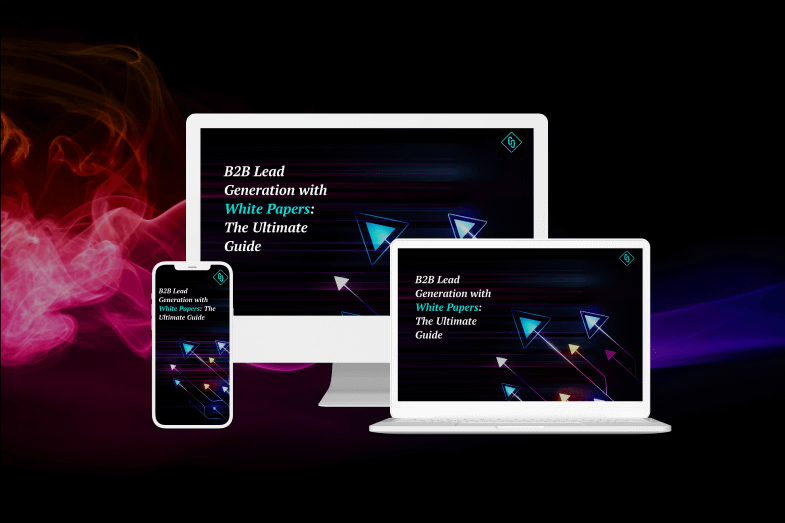










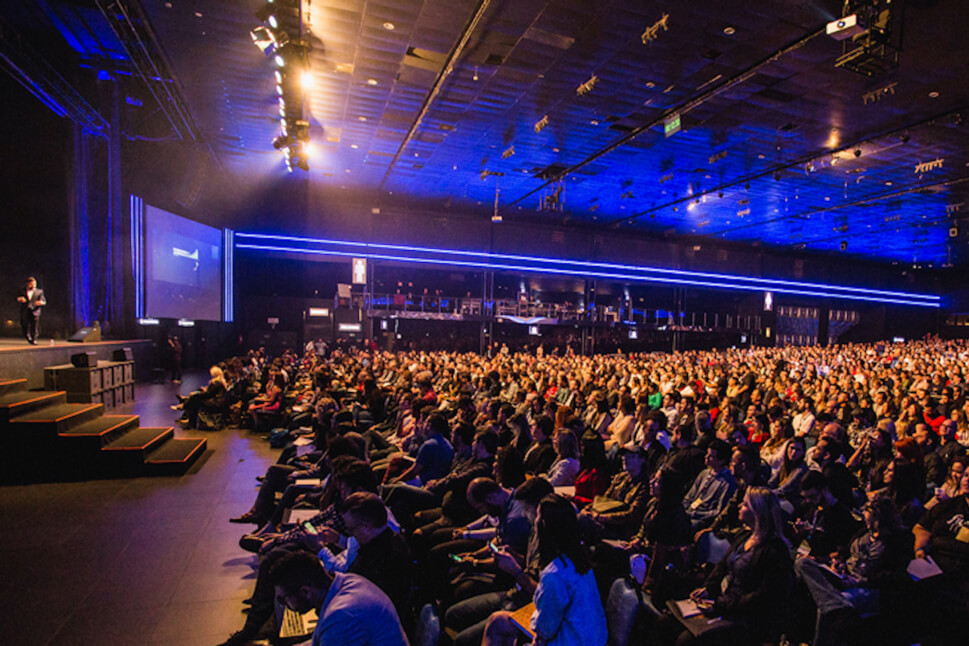











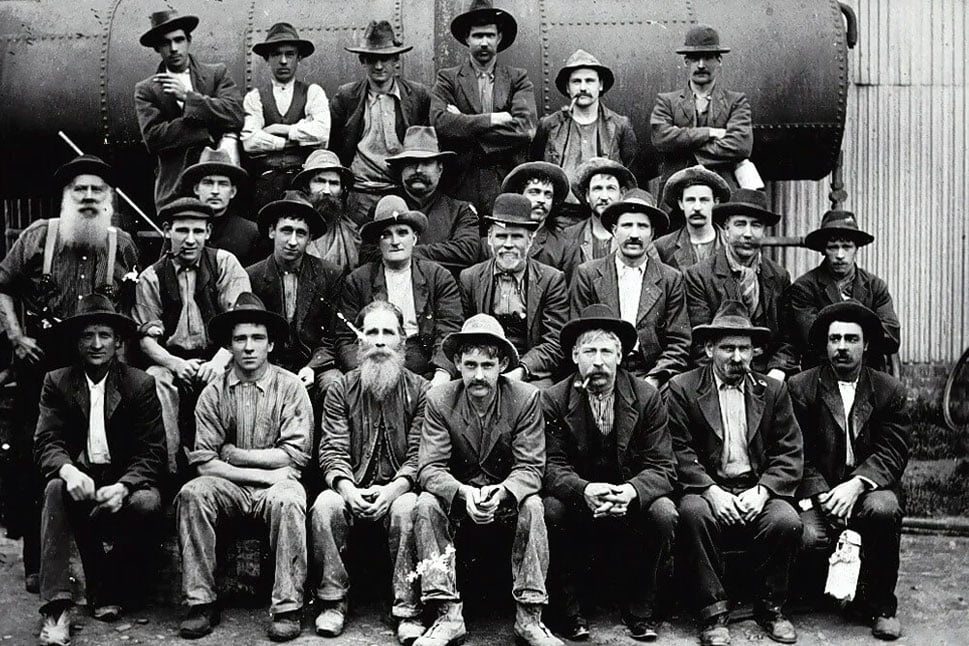


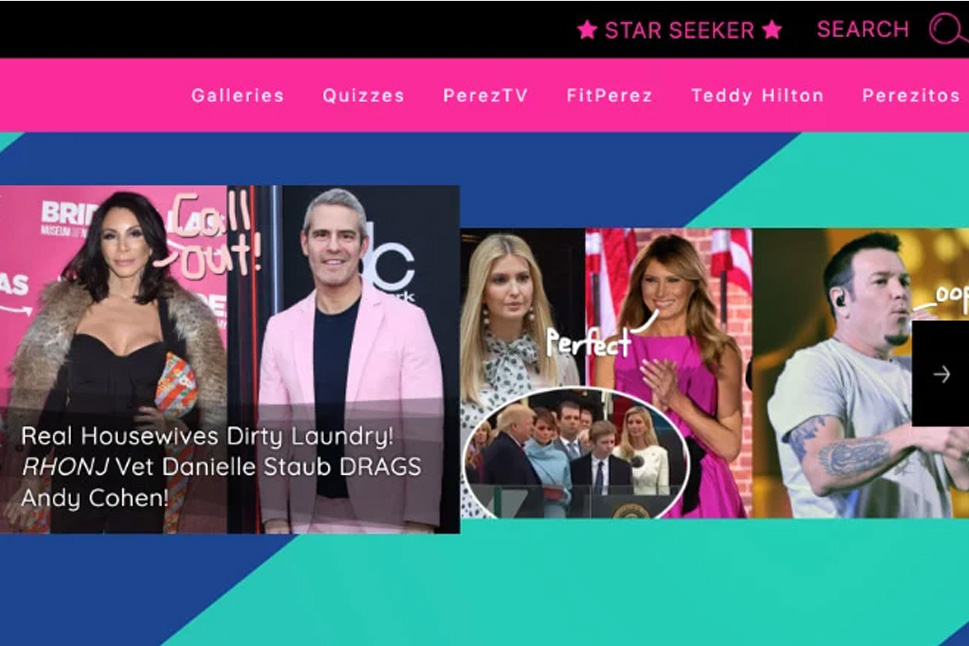



.jpg)

















